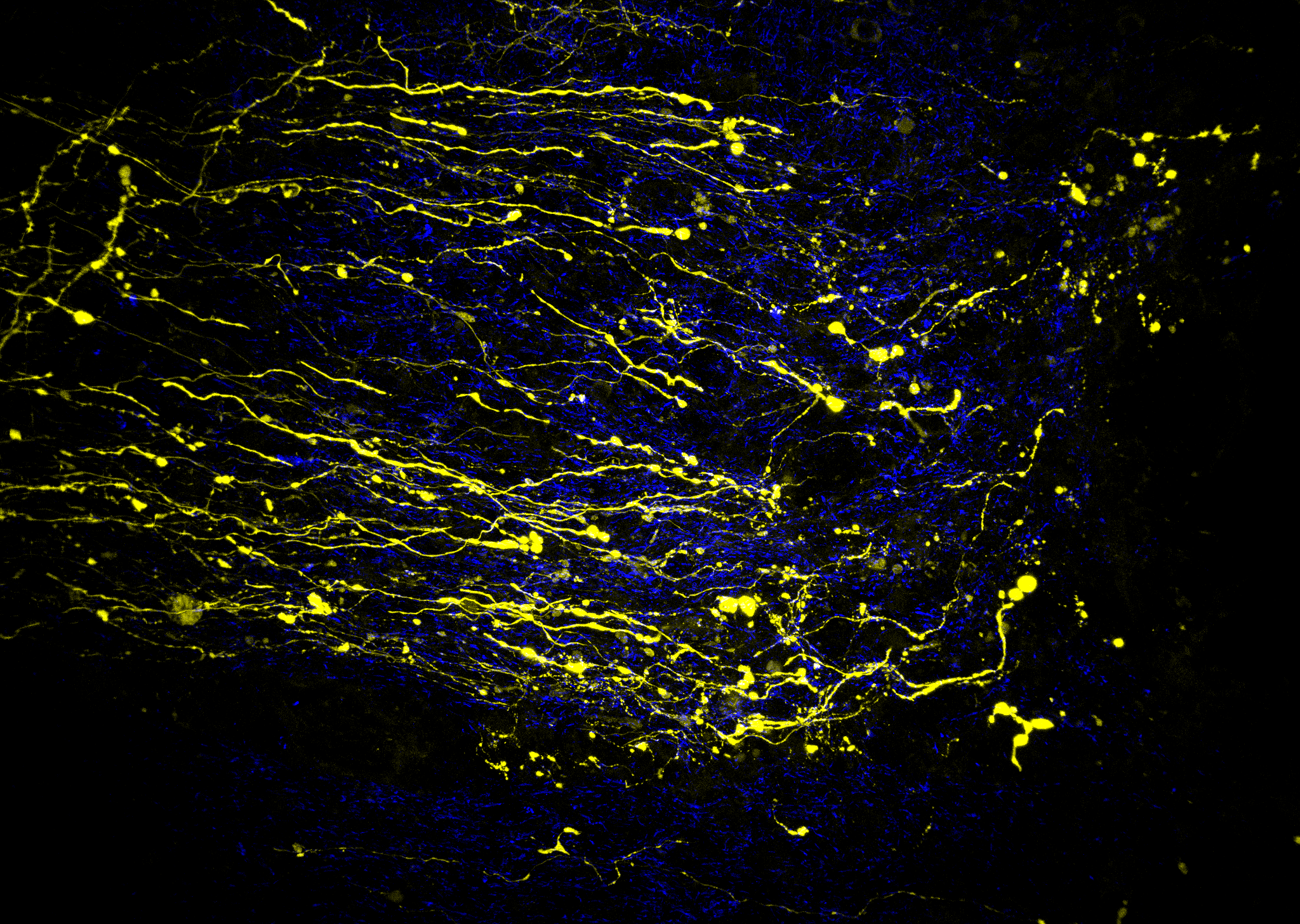Robb Glenny, MD
Pulmonary Circulation
The pulmonary circulation is generally regarded as a largely passive circuit in which blood flow distribution is predominantly determined by the hydrostatic gradient due to gravity; a perspective that has dominated both the interpretation and direction of studies related to pulmonary perfusion for the past three decades. As the spatial resolution of perfusion measurements has improved, it has become evident that there is a great deal of variability in regional blood flow distribution not attributable to gravitational effects alone. Fractal analysis, a new mathematical science, provides the insights and tools for constructing a more accurate model of perfusion distribution in the lung.
Until recently, observed pulmonary perfusion heterogeneity has been interpreted within the context of the gravitational model as random noise. The fractal revolution has revealed that this “error” can be analyzed as a fundamental property of the biologic system. We are currently exploring the determinants of both spatial and temporal heterogeneity of pulmonary perfusion, using fractal analysis to characterize and interpret our findings. By providing a geometric framework for the description of these apparently irregular patterns, fractals capture both the richness of physiologic structure and its function in a single model.


